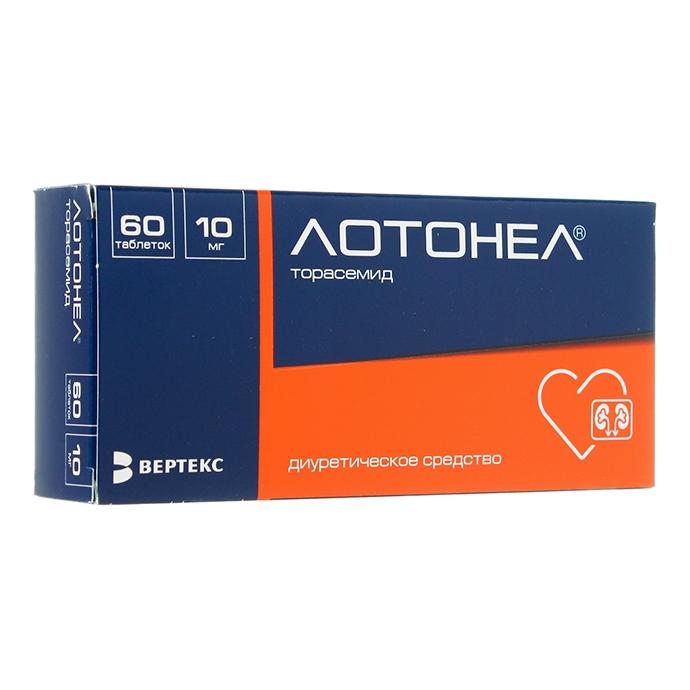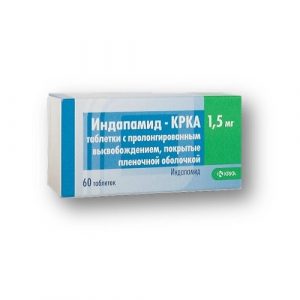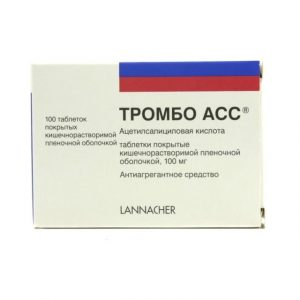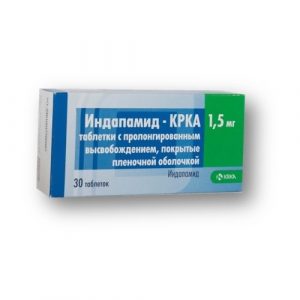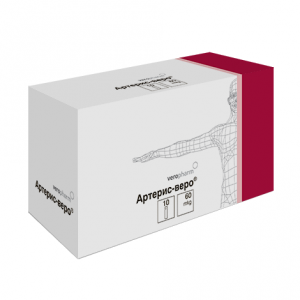Description
Pharmacological action
Torasemide is a “loop” diuretic. The main mechanism of action of the drug is due to the reversible binding of torasemide with a sodium / chlorine / potassium ion contra-agent located in the apical membrane of the thick segment of the ascending Geile loop, resulting in a decrease or inhibition of sodium ion reabsorption and the osmotic pressure of intracellular fluid and water reabsorption.
Thorassmid blocks the aldosteropian myocardial receptors, reduces fibrosis and improves diastolic myocardial function.
Due to the anti-aldosterone action, torasemide, to a lesser extent than furosemide, causes hypokalemia, while it is more active and its effect is longer.
The diuretic effect develops about an hour after ingestion, reaching a maximum after 2-3 hours, and lasts up to 18 hours, which facilitates tolerance to therapy due to the lack of very frequent urination in the first hours after taking the drug, limiting the activity of patients.
Thorassmide reduces systolic and diastolic blood pressure in the “lying” and “standing” positions.
The use of torasmide is the most reasonable choice for long-term therapy.
Indications
edematous syndrome of various origins, including in chronic heart failure, diseases of the liver, lungs and kidneys
arterial hypertension.
Composition
Dosage 10 mg
active substance:
torasmide – 10.00 mg
excipients:
lactose monohydrate – 150.00 mg
corn starch -35.00 mg
sodium carboxymethyl starch (sodium carboxymethyl) 2 starch 00 mg
silicon dioxide colloidal – 1.50 mg
magnesium stearate – 1.50 mg.
Drug interaction
With the simultaneous use of torasemide with minsoral and glucocorticosteroids, with amphotricin B increases the risk of developing hypokalemia with cardiac glycosides – the risk of developing glycoside intoxication due to hypokalemia (for high and low polar cardiac glycosides) and a half-life (for low polar cardiac glycosides) will increase.
Taking torasemide increases the concentration and risk of developing the nsfro- and ototoxic effects of cephalosporins, amipoglycosides, chloramphenicol, ethacrylic acid, antibiotics, salicylates, cisplatin, platinum preparations, amphotricin B (due to competitive renal excretion).
Sequential or simultaneous administration of torasemide with angiotensin converting enzyme (ACE) inhibitors or angiotensin II receptor antagonists can lead to a sharp decrease in blood pressure. This can be avoided decreasing the initial dose of an ACE inhibitor or reducing the dose of torasemide (or temporarily canceling it).
Pesteroids anti-inflammatory drugs, sucralfate reduce the diuretic effect of torasemide due to inhibition of prostaglandin synthesis, impaired renin activity in blood plasma and excretion of aldostrone.
Torasemide enhances the antihypertensive effect of antihypertensive drugs, neuromuscular blockade of depolarizing muscle relaxants (suxamstonia) and weakens the effect of non-depolarizing muscle relaxants (tubocurarine).
Torasmid reduces the renal clearance of lithium preparations and increases the likelihood of intoxication.
Torasemide increases the effectiveness of diazoxide and theophylline, reduces the effectiveness of hypoglycemic agents, allopurinol.
Pressor amines and torasmid mutually reduce each other’s effectiveness. Medicines that block tubular secretion increase the concentration of torasemide in blood plasma.
With the simultaneous use of cyclosporine and torasemide, the risk of developing gouty arthritis increases due to the fact that cyclosporine can cause a violation of the excretion of urate by the kidneys, and torasmid – hyieruricemia.
Concomitant use of irobenecid or methotrexate may decrease the effectiveness of torasemide (the same secretion path). Torasmide, on the other hand, can lead to a decrease in renal elimination of these drugs.
It was reported that in patients with a high risk of developing nephropathy who are taking gorosemide orally, with the introduction of radiopaque agents, renal dysfunctions were observed more often than in patients with a high risk of developing nephropathy, which before the introduction of radiopaque agents carried out intravenous hydration.
Bioavailability and, as a consequence, the effectiveness of torasemide may be reduced with co-therapy with colesstiramine.
active substance
Torasemide
Vertex, Russia
